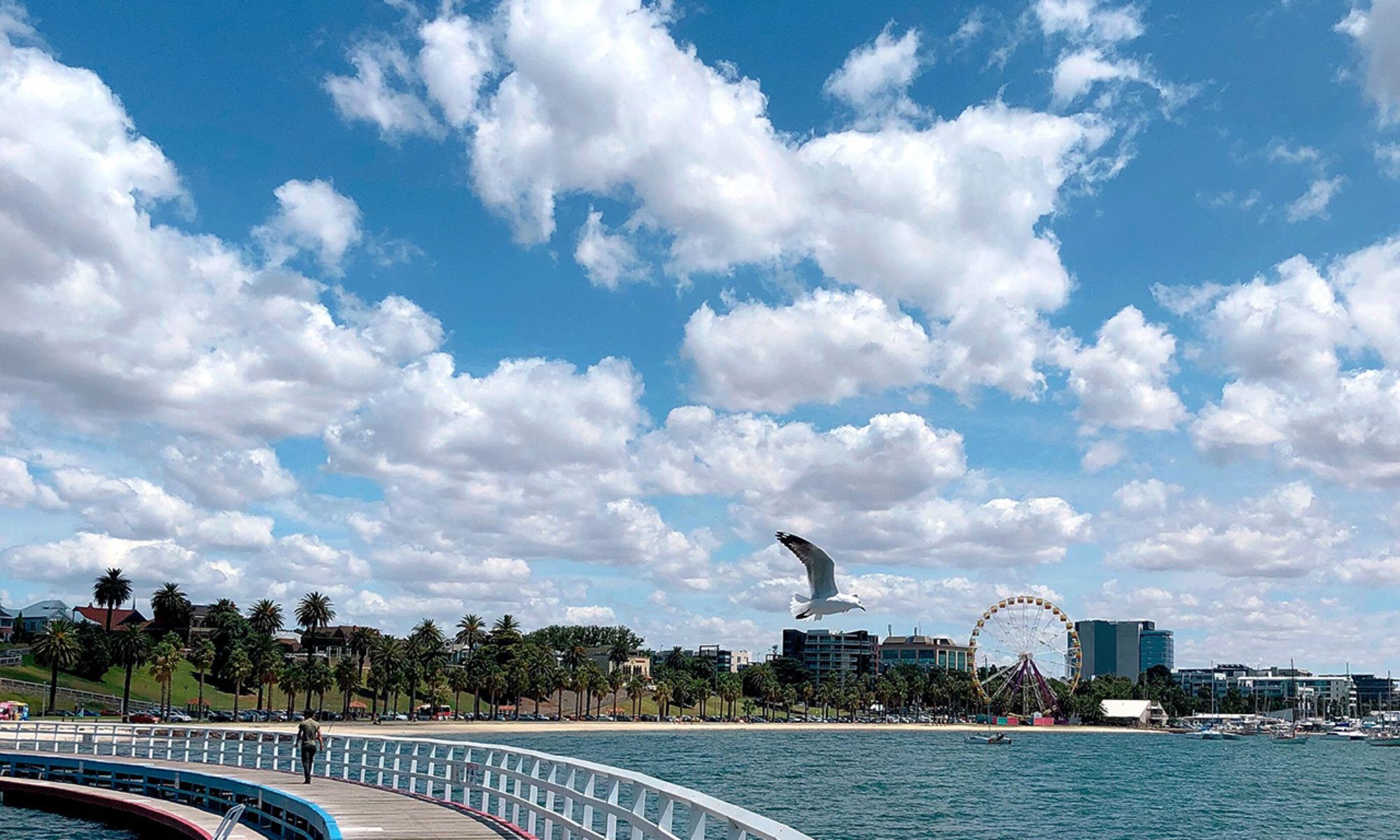We believe councils can play a key role in leading the climate emergency response. Darebin City Council and other councils show it can be done. Geelong Council should be able to rise to the challenge in a similar manner.
On 17 October 2018, a group of Geelong residents met at Deakin to talk about how we can get our entire Geelong community engaged and involved with creating solutions to the dire situation we are in – a situation where humanity is faced with dangerous breakdown of the eco-systems around us because of unregulated air pollution and irresponsible industrial practices, but where our governments are turning a blind eye to the warnings from the scientific community about what kind of catastrophe this will lead to in the coming decades.
Over the more than 30 years that have passed since the Australian government was made acutely aware of the climate breakdown threat in 1988, the federal government has continued to act and legislate in favour of vested interests in big coal, oil and gas companies. The pattern has been the same in governments around the work: our governments are not acting in the public interest.
The meeting in October in Geelong was initiated by CACE – Community Action for the Climate Emergency. This is a campaign which was started Adrian Whitehead and Bryony Edwards in Melbourne. Around the table were representatives and leaders of a range of local groups, including Climate Emergency Declaration, Centre for Climate Safety, Transition Streets Geelong, permaculture and ecology teachers, students and a former council worker.
Building a safe climate campaign from Council up
When change is needed, a lot of good things start at city and Council level, we all agreed – and because of that, we decided to approach our 11 councillors in Geelong Council and have conversations with them about what they think about Darebin City Council’s model for declaring a climate emergency, and whether they’d be supportive of Geelong Council following a similar path.
The point is not to be shouting ‘Emergency!’ everywhere – our focus is on the action and the behaviour change that follows naturally, once we begin to talk about the climate emergency as the emergency it really is, and consequently begin to take the threat seriously enough to make the kind of strategic and economic decisions that are required of us now.
We ask of our councillors to implement a city-wide climate emergency response, which involves to…
• Publicly acknowledge the climate emergency
• Review Council’s strategic plan
• Create a foundation for climate emergency action
• Implement a climate emergency plan
A great example of what can be done at local government level is explained in this short speech by the Republican Major of Lancaster, Rex Paris, in the United States, where his municipality has taken initiatives in areas such as building zero energy homes, manufacturing electric buses and putting up LED street lights.
Dig deeper
» Read more on CACE’s Guide for Councils and on www.climateemergencydeclaration.org
» You can listen to a series of presentations about the climate emergency movement and its background on
www.climatesafety.info/theclimateemergencyplan
In-depth interview with Bryony Edwards
“The Climate Emergency movement has been one of the most striking developments in the fight against climate change, coming as scientists warn we have only 12 years to limit global warming before catastrophic damage occurs. Councils of all stripes have begun to pass motions to dramatically accelerate carbon reduction action. Green World talks to Bryony Edwards, one of the campaigners behind the first Climate Emergency declaration in Darebin, Australia, about the movement’s origins and its next steps.”
» Green World – 12 February 2019:
» See also: ‘How to explain emergency mode climate action’ – by David Spratt

